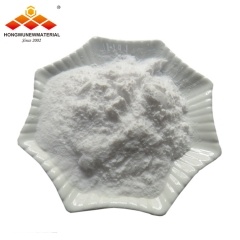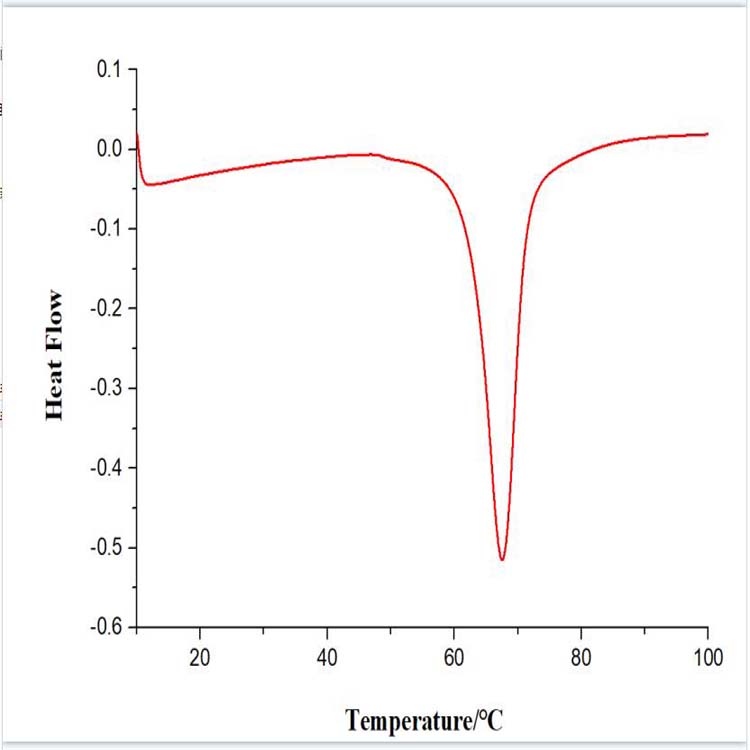For the past few years,through the thin film crystal growth control and interface device engineering perovskite, the researchers improved solar cell efficiency from 3.8% to 22.1%, and it attracted a lot of attention. The TiO2 mesoporous structure is by far the most successful material in providing high efficiency and stable power output for perovskite solar cells. However, the TiO2 mesoporous layer needs a high temperature (> 450 ℃) sintering process, which is not conducive to low-cost, extensible device production. Thus, a perovskite-type perovskite-free perovskite-type perovskite-type solar cell appears, and all of its structural layers are prepared at low temperature. According to the bottom transport layer type, the planar devices can be divided into n-i-p (formal) structures and p-i-n (trans) structures.
When fullerenes are used as the upper electron transport layer, the trans structure generally exhibits a very small hysteresis effect. But the efficiency of the trans structure is low due to poor crystal quality and defective interfacial group arrangement. For the formal structure, when the TiO2 dense layer is an electron transport layer, the efficiency of the reverse sweep (from the open-circuit voltage to the short-circuit current) is much higher than that of the positive sweep (from the short-circuit current to the open-circuit voltage), which makes it difficult to obtain a reliable Of the energy conversion efficiency. To reduce the hysteresis effect, the researchers used fullerene materials to improve the surface of TiO2 dense layer, and enhance the ability of electronic extraction. However, fullerenes are expensive and unstable in practical applications. Therefore, there is still a need for a low-cost, stable electron transport layer having a strong electron extraction capability for a formal plate-structured perovskite solar cell.
Recently, researchers used SnO2 as an electron transport material. They spined the SnO2 nanoparticle solution on the ITO glass substrate to form a high crystalline quality of the electron transport layer, and a perovskite solar cell having an ITO / SnO2 / (FAPbI3) x ??(MAPbBr3) 1-x / Spiro-OMeTAD / Au structure was prepared. Their work confirms the formation of PbI2 at the grain boundaries of perovskite layers, which may form an iodine-type band arrangement between perovskite and PbI2,and prevents electrons from entering the hole transport layer and reduces electrons and voids hole compound. They found that an excess of PbI2 in the perovskite can passivate the grain boundary defects present in the perovskite layer and contribute to the improvement of the cell efficiency. At the same time, the results show that nano SnO2 reduces the energy barrier between the perovskite layer and the electron transport layer interface, enhances the charge transfer and reduces the charge accumulation at the interface, and enhances the electron extraction ability, thus eliminating the voltammetry curve in the testing process. Hysteresis effect.
The best reverse sweep efficiency is 20.27%, positive sweep efficiency is 20.54%, authentication efficiency is 20.51%, and the hysteresis effect is negligible. Key words: perovskite solar cell; In the visible region, the external quantum efficiency can reach 93%. The migration of ions in the perovskite layer increases the charge accumulation at the interface, resulting in hysteresis. If the electron transport layer has sufficient electron extraction capability, the hysteresis effect can be avoided or eliminated completely.
To draw a conclusion, using nano SnO2 as an electron transport material, greatly improves performance of flat plate high perovskite solar cells. Besides this, nano SnO2 has other good properties and is widely used in various filed of industry.
HWNANO, We supply 20nm, 50nm,80nm sized nano sno2 Tin oxide nanoparticles with purity 99.99%, Our products are all available with small quantity for researchers and bulk order for industry groups. If you have any questions, please feel free to contact us. thank you.
by Corrine


 English
English français
français Deutsch
Deutsch русский
русский italiano
italiano español
español português
português 日本語
日本語 한국의
한국의 Türkçe
Türkçe

















 8620-87226359,8620-87748917
8620-87226359,8620-87748917

